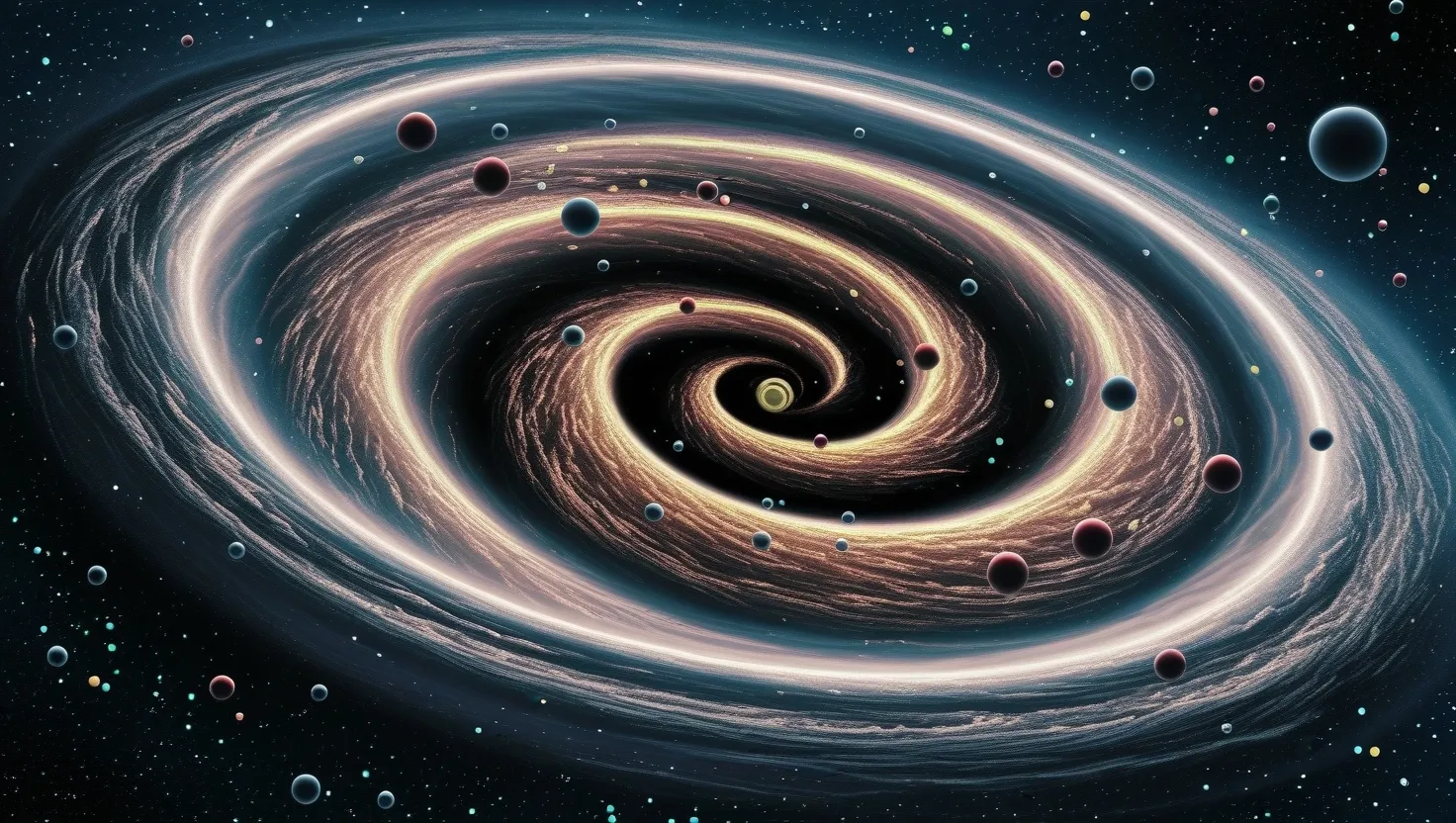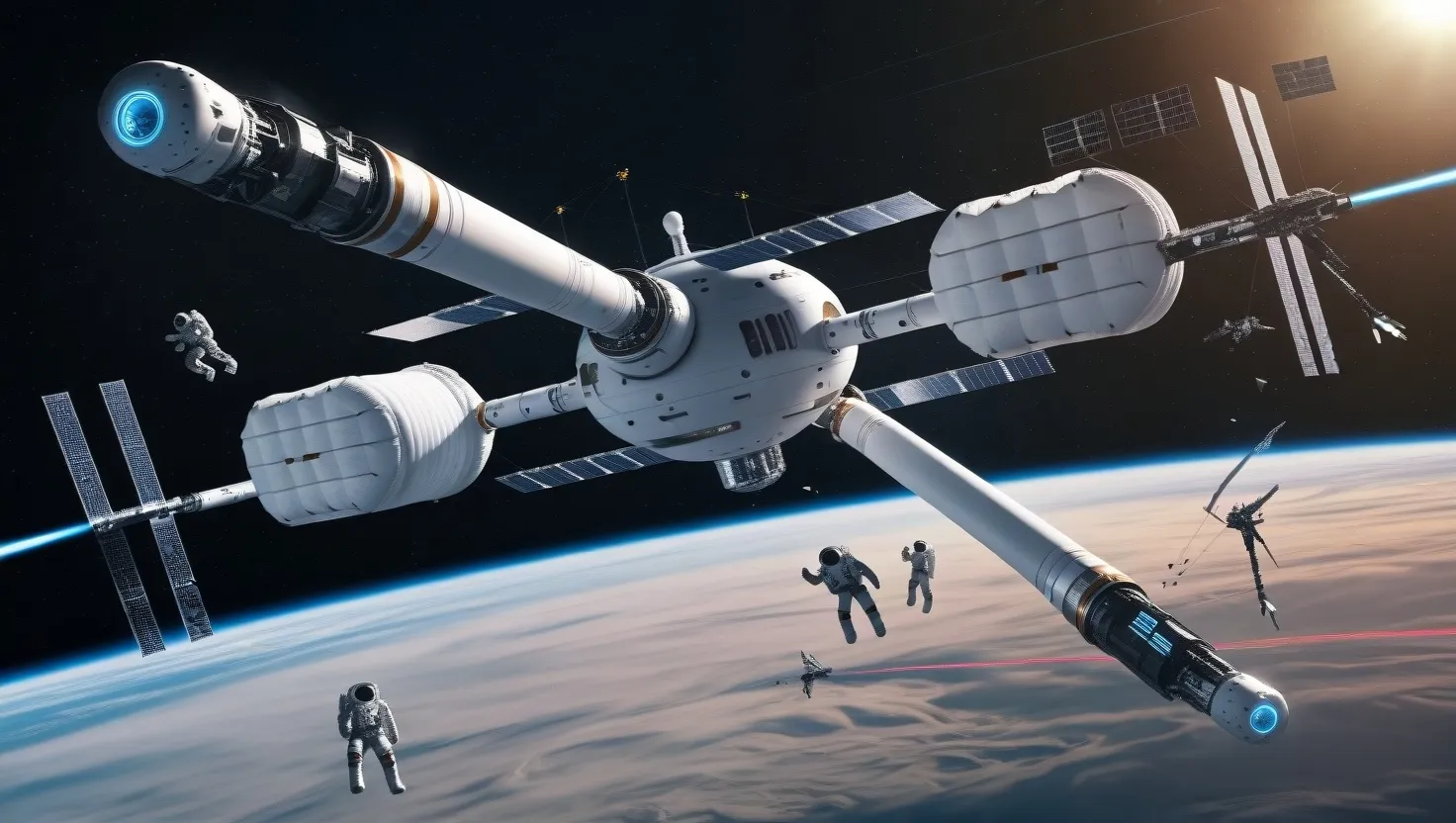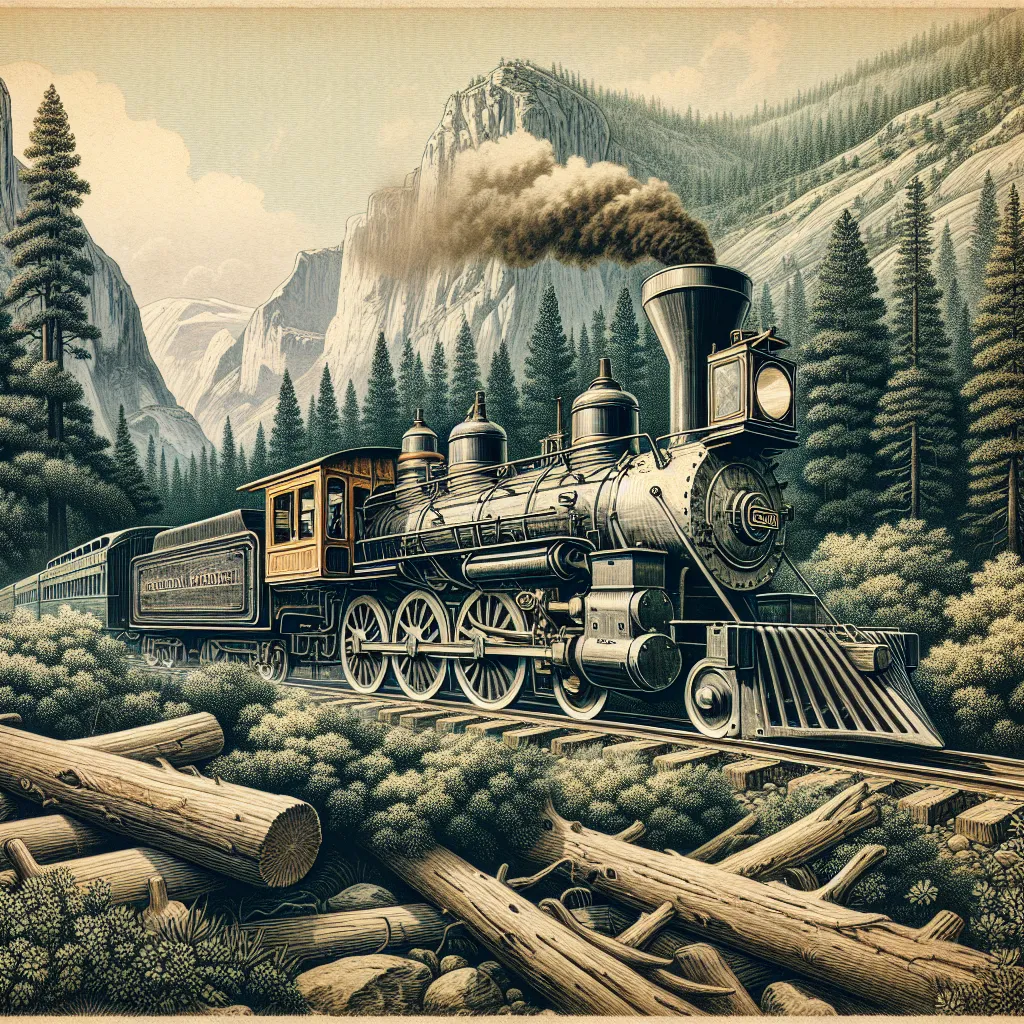As winter approaches and the Cold War is still in full swing, two spacecraft from opposing ideologies converged in an unlikely meeting. From the American Apollo module, the crew stepped out into the Soviet Soyuz, and the two commanders exchanged the first international handshake in space. This moment wasn’t just a technical feat; it symbolized a new era of space exploration. The tensions that once fueled the Space Race began to ease, paving the way for collaboration.
The quest to conquer space started as an armament race between the USSR and the USA. It was about proving superiority. The launch of the first satellite and then sending humans like Yuri Gagarin into space were monumental acts of bravery. Gagarin’s successful mission proved that humans could go to space, survive, and possibly thrive. This led to the development of new technologies and the creation of the space shuttles.
Our need to explore drove us to establish a permanent presence in space. The construction of the International Space Station (ISS) took over a decade. Once the initial components were in orbit, crews could be stationed aboard, and scientific research could commence.
The end of World War II saw the USA and Soviet Union rushing to capture Germany’s scientific minds and technology, birthing the Space Race. Germany’s V2 rockets, the world’s first long-range ballistic missiles, could cross into space, showcasing a new realm of possibilities. The USA orchestrated Operation Paperclip to secretly evacuate German scientists and technicians, bolstering their capabilities.
In 1957, the Soviet Union announced the R7, the world’s first intercontinental ballistic missile capable of carrying a nuclear payload. Its successful test led to the launch of Sputnik, marking the dawn of the Space Age. Sputnik’s journey to orbit, marked by continuous beeps, confirmed the USSR’s technological prowess. This achievement was a testament to human ingenuity, inspiring awe and sometimes fear, but it undeniably sparked worldwide fascination with space.
The Space Race turned fierce as America faced the reality of being left behind after Sputnik. America scrambled with projects, one being the Vanguard satellite launch that ended in a spectacular failure. America then assigned the task to Wernher von Braun, a former V2 engineer. His refined Jupiter-C rocket successfully launched the Explorer 1 satellite, which marked America’s entry into space exploration. Among Explorer 1’s instruments was a Geiger counter, revealing high-energy radiation belts around Earth, known today as the Van Allen belts. Understanding these belts was crucial in designing future missions, including those intending to reach the moon.
Eventually, astronauts went beyond Earth’s atmosphere, with each mission testing the limits of human endurance and technology. Project Mercury selected astronauts with extensive test pilot experience, deemed to have “the right stuff.” Among them, John Glenn’s successful orbit of Earth was a defining moment, broadcasted live, showing the world America’s achievements in space.
Both nations then pursued more ambitious missions, sending not one but two-man crews into space. The need for collaboration and different skill sets became evident. NASA’s Gemini program marked a bridge to the Apollo missions, testing spacewalks and rendezvous techniques essential for lunar missions.
Meanwhile, the Soviets kept pace. They operationalized the Voskhod program, increasingly risky but groundbreaking. They achieved milestones, and while the Americans meticulously planned their missions, the Soviets often pushed the limits.
Tragedy was no stranger. Apollo 1 witnessed the loss of American astronauts during a ground test, while Soyuz 1 ended in Vladimir Komarov’s tragic death upon reentry. These events underlined the profound risks of venturing into the unknown.
The pursuit of the moon culminated with Apollo 11’s success, placing Neil Armstrong and Buzz Aldrin on lunar soil, a historic moment transmitted worldwide. Subsequent Apollo missions delved deeper into lunar science, driving humanity’s understanding of the moon.
Despite losing the bid to reach the moon, the Soviets achieved significant milestones with their space stations, leading to the ISS. The ISS embodies international cooperation, hosting astronauts from around the globe and becoming a state-of-the-art laboratory for experiments impossible on Earth.
As space exploration’s frontier expanded, private companies like SpaceX entered the domain, relaunching human missions from American soil and paving the way for future voyages to Mars.
This journey from the competitive dawn of space exploration to a collaborative international effort exemplifies human resilience and curiosity. Every mission has taught us more about space, technology, and our place in the universe. Humanity’s foray into the cosmos continues, driven by a desire to push boundaries and unlock the mysteries of the final frontier.






